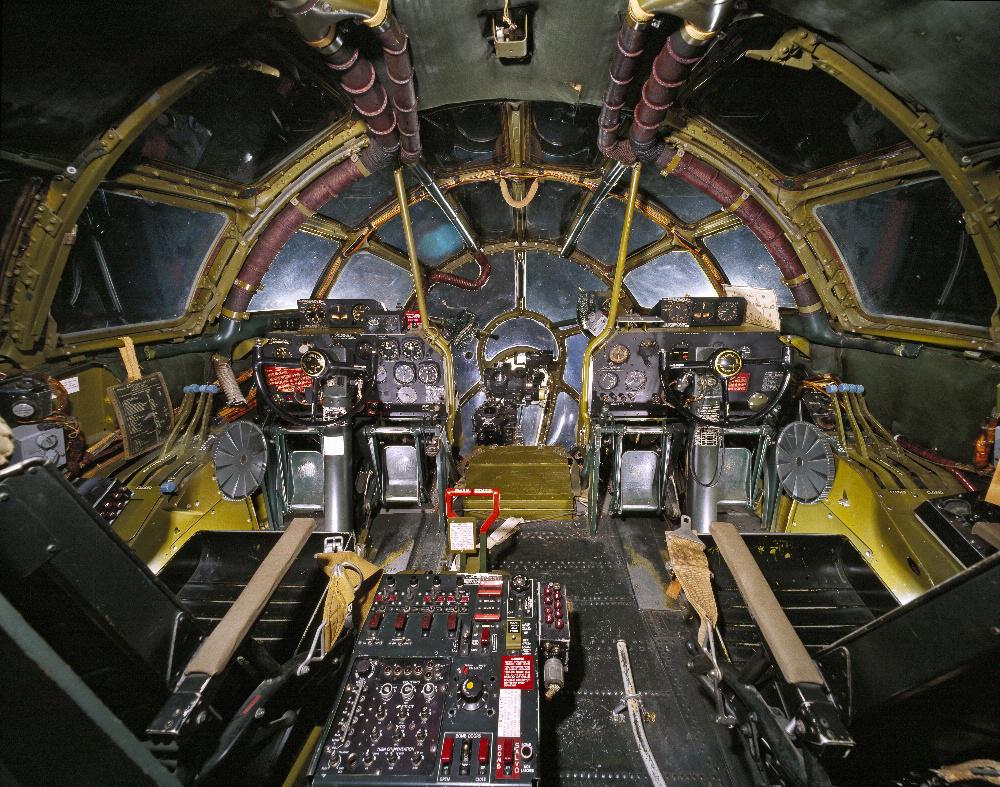

In April, Sperry won a contract to develop the system. In March 1940, Bendix, General Electric, Sperry, and Westinghouse responded to the Air Corps’ request for bids on the B-29 central fire control system. The computers made these three corrections so that a gunner could simply point his sight at the target he wished to hit. The computer calculates the parallax error and ensures that the guns fire at the target sighted by the gunner.

To hit a fast moving target, guns may have to be aimed as much as 200 yards ahead of the enemy. Lead refers to the compensation for how much a target moves in the time it takes a bullet to reach it.Ballistics is the behavior of a projectile once it leaves the muzzle of a gun. The two main considerations when calculating ballistics are the pull of gravity and the resistance from air pressure that could push the bullet back, which can greatly change in varying conditions.These devices were significantly faster than strictly mechanical computers.Ĭomputers in the B-29 central fire control system made corrections in three main areas to accurately aim the aircraft’s guns: ballistics, lead, and parallax. The system in the B-29 employed analog electromechanical computers that used small, electrically-driven mechanical switches, called relays, instead of levers and gears. But the B-29 was the first production aircraft to use them to remotely aim and fire aircraft gun turrets. The military had used analog computers since about 1910 as fire control directors for warships, and by World War II, they were also used for fire control of ground based anti-aircraft guns and in the Sperry and Norden bombsights. Most computers at the time were analog devices that used changes in physical inputs to model the problems being solved (whereas digital computers use symbols to represent values). In the early 1940s, the widespread use of electronic digital computers was still in the future. Like many B-29s, this turret had two extra guns added to protect against head-on attacks In keeping with the rest of the state-of-the-art bomber, it was clear that a computer guided system was needed.Īrmorers check the operation of the four. Locating the gunner remotely from the turrets, however, compounded the problem of hitting a moving target. Rather than trying to also pressurize a revolving turret with a gunner, the turrets were made smaller and more streamlined, with the gunner aiming and firing from inside the pressurized compartment. The specifications for the superbomber called for pressurized compartments that would provide a more comfortable environment for the crew. Even enclosed turrets were not heated, exposing gunners to extremely cold and dangerous conditions. As it turned out, the Dominator suffered more delays than the Superfortress and only entered combat in mid-1945.Įarly models of previous heavy bombers, such as the B-17 and B-24, had gunner positions that were exposed to the open air where temperatures could reach -40 degrees Fahrenheit at altitude. Consolidated’s entry, the XB-32 Terminator (later named Dominator), was chosen as a backup in case the B-29 program ran into difficulty.

Four companies submitted designs, but Lockheed and Douglas soon dropped out, and in August the Air Corps ordered two prototypes of Boeing’s XB-29 Superfortress. “Hap” Arnold, fearing war in Europe, pushed for development of a Very-Long Range superbomber for which the Army issued a requirement in January 1940. Curtis LeMay, included this cartoon representations of a B-29 gunner shooting down Japanese aircraft with the press of a button, underscoring the futuristic nature of the central fire control.
#B29 cockpit manual
The Combat Crew Manual issued by XX Bomber Command, under the command of Maj.


 0 kommentar(er)
0 kommentar(er)
